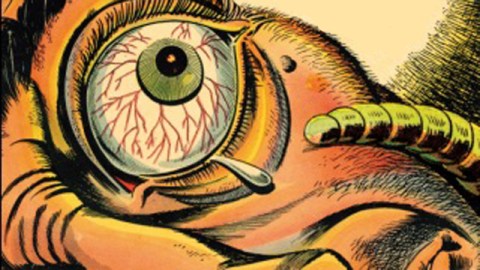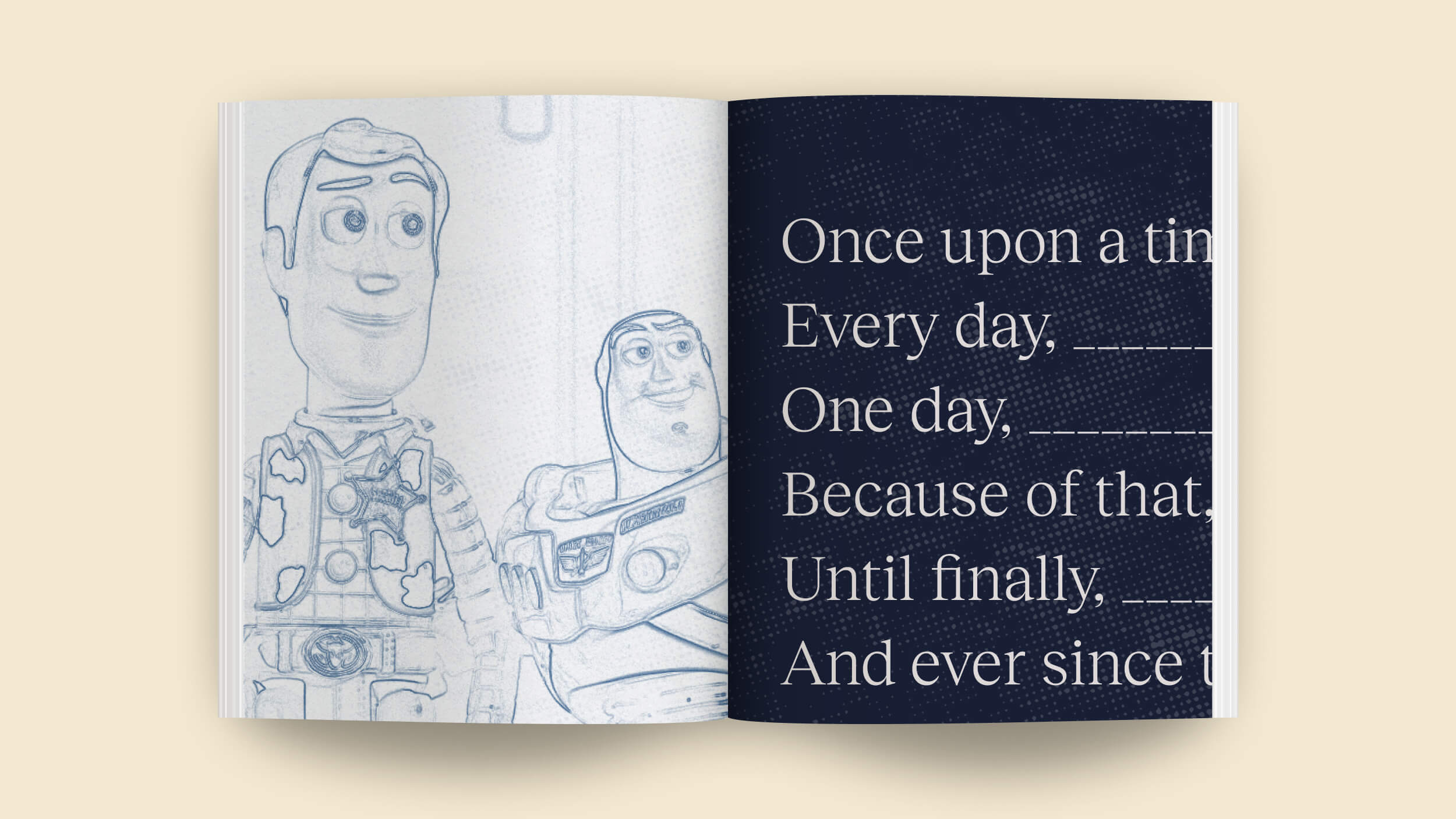Scare Tactics: Banned Horror Comics of the 1950s

As American tumbled to the lowest point of the Great Depression, Franklin Delano Roosevelt rallied the country with the words, “We have nothing to fear but fear itself.” A little over two decades later, the United States government got into the fear business in a big way by shutting down one form of horror and replacing it with a form of their own. The Horror! The Horror!: Comic Books the Government Didn’t Want You to Read!brings the horror comics of the 1950s back to life. Selected, edited, and with commentary by Jim Trombetta, these pre-Comics Code comics tell an even scarier tale than that of vampires, werewolves, and zombies—a tale of censorship and control that should scare anyone who cares about art and cares about how governments shape it using tactics that are downright scary.
On April 21, 1954, Dr. Frederic Wertham strode into the U.S. Senate hearing room in a white lab coat, a symbol of the same authority he wielded while writing Seduction of the Innocent, his condemnation of the comics industry, especially the horror genre, as corrupting America’s youth. The Senate Subcommittee on Juvenile Delinquency, led by Senator Estes Kefauver fresh from his victory over organized crime, put comics on trial, which Trombetta explains became more of a show trial. It was a foregone conclusion that comics would never be the same again. An entire industry of horror comics disappeared literally overnight. Words such as “horror” and “terror” were banned by the new code, and even “crime” faced heavy restrictions. “It was, in true Orwellian fashion,” Trombetta writes, “as if the government thought bad things would vanish if they couldn’t be read or thought about.” Of course, people continued to think about these “bad things,” but in a new “government approved way.”
Fortunately, Trombetta has ensured that these works have not vanished forever. With all the vibrant color of the original comics, every page of The Horror! The Horror! jumps out at you with the same impact of the original newsstands that captured the imagination of impressionable young minds. Timed to hit bookstores right at Halloween, The Horror! The Horror! is the perfectly ghoulish gift to give not only to any fan of comics or horror, but also any youngster facing the scariness of the real world and needing something to make sense of it. This collection proves that the Tales from the Crypt stories already resurrected from that era for a modern audience is just the tip of the terror iceberg.
But where The Horror! The Horror! really shakes you is in Trombetta’s commentary, which provides stunningly insightful background for the comics and the era that both spawned and later spurned them. “[E]ven as the official organs of society became increasingly (and sincerely) agitated about the pollution of children’s minds,” Trombetta explains, “they were equally obsessed with projecting their own horror stories into the minds of children and adults alike. The arbitrary Red Scare was one such horror story for adults, used to discipline their freedom of thought.” Whereas horror comics strove to free the minds of the reader, government-issued tales of Communists under the bed confined minds and the same time it claimed to wave the banner of freedom and democracy. Ironically, Dr. Wertham himself recommended regulation rather than elimination of comics during his testimony, but the committee clung to the stronger indictment of his book. “The censorship of comic books now looks like an opening salvo in the cold war against the young,” Trombetta concludes, “which would soon flare up in the gratuitous suppression of rock and roll, eventually generating the zombielike protractions of Vietnam.” Put in that perspective, The Horror! The Horror! becomes a vital text in the history of modern American culture.
Another great joy of The Horror! The Horror! is the glimpse it offers of well-known artists cutting their artistic teeth on this meaty genre. Before Steve Ditko rose to fame through Spider-Man, he developed his unique style on horror titles. The inclusion of a full-length Ditko tale, “Inheritance!” gives us a pulpy, playful taste of the artist as a young visionary. Even more striking is the horror work of Basil Wolverton. Better known for his Mad Magazine work, Wolverton’s versatility shines as much in this horror work as in his The Wolverton Bible that was published last year (and which I reviewed here). Trombetta hails Wolverton as “[t]he comic book poet of brainwashing… whose unique art style created bizarrely static yet vibrant and intense images” make him “the unacknowledged master of fifties depression and anxiety, supposedly minor emotions whose true shape he reveals as profound horror.” Trombetta not only tells us how great Wolverton is, but he shows us that greatness with ample examples of the artwork and storytelling. Even with this rich offering, you’ll still come away wanting more.
Trombetta’s smart selection and even smarter commentary—sprinkling pop culture references with history critique and even high-brow characters such as Northrop Frye—make The Horror! The Horror!: Comic Books the Government Didn’t Want You to Read! an important book about the past, the present, and the future. Locked as we are in the “Age of Terror,” the clear-eyed look at fear itself and its uses Trombetta offers may give us the key to freedom. Despite all the fun of reading and looking at undead zombies, being one in real life thanks to government mind control is no fun at all.
[Many thanks to Abrams ComicArts for providing me with a review copy of The Horror! The Horror!: Comic Books the Government Didn’t Want You to Read! Selected, edited, and with commentary by Jim Trombetta.]





